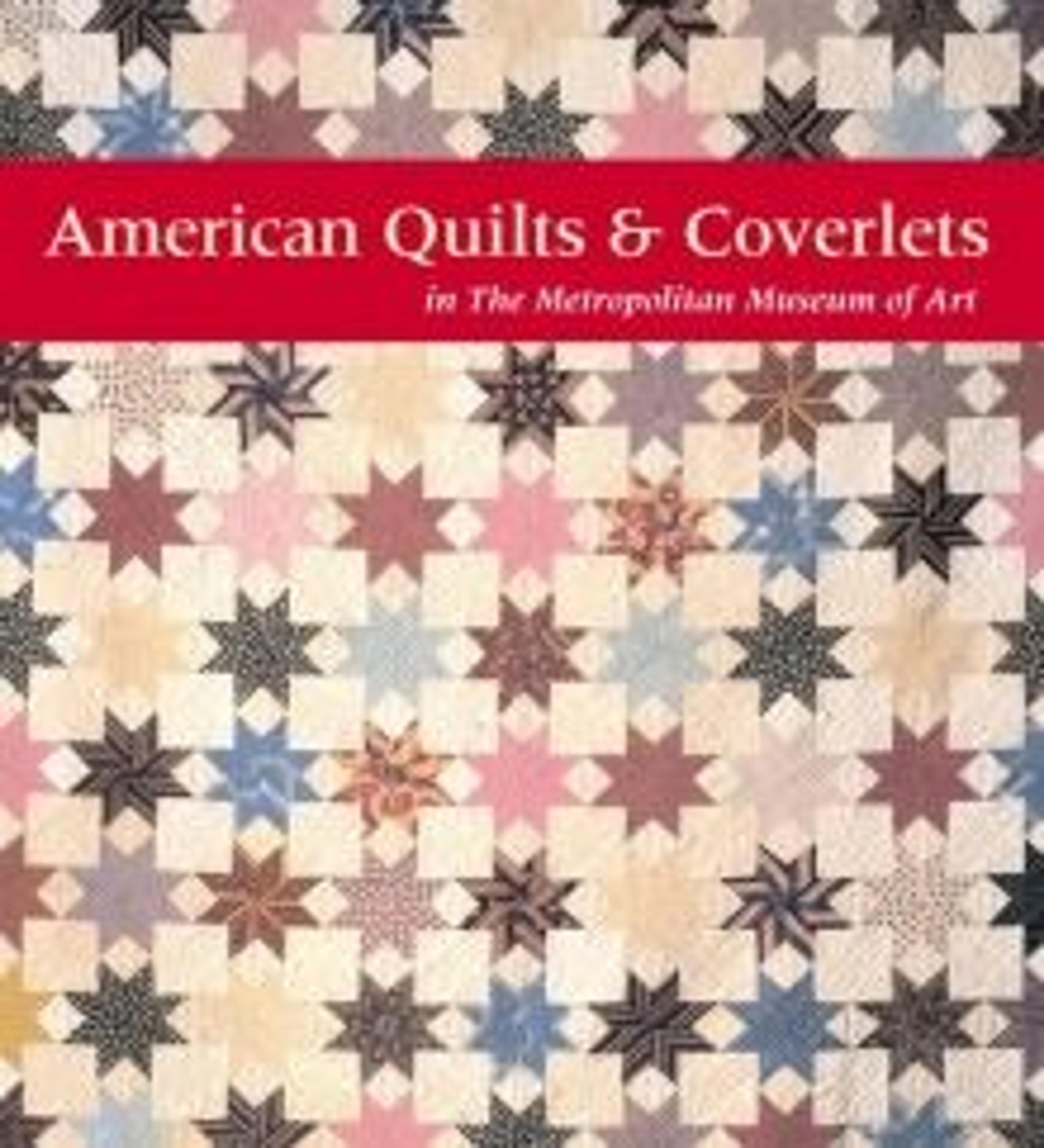Coverlet
This light and dark blue wool double cloth coverlet is woven in two panels and seamed at the center. The ground is decorated with various floral motifs associated with the Dutch weavers of the Bergen County, New Jersey/Rockland County, New York, area. The border is composed of birds and tree motifs alternating with vases of flowers. Each of the four corner blocks is decorated with a single large sunflower. The piece has a natural fringe along the bottom.
Artwork Details
- Title:Coverlet
- Date:1836
- Geography:Possibly made in Rockland, New York, United States; Possibly made in Bergen, New Jersey, United States
- Culture:American
- Medium:Wool, woven
- Dimensions:98 x 71 1/2 in. (248.9 x 181.6 cm)
- Credit Line:Gift of Dr. and Mrs. Kenneth H. Fried and the Friends of the American Wing, 1982
- Object Number:1982.366
- Curatorial Department: The American Wing
More Artwork
Research Resources
The Met provides unparalleled resources for research and welcomes an international community of students and scholars. The Met's Open Access API is where creators and researchers can connect to the The Met collection. Open Access data and public domain images are available for unrestricted commercial and noncommercial use without permission or fee.
To request images under copyright and other restrictions, please use this Image Request form.
Feedback
We continue to research and examine historical and cultural context for objects in The Met collection. If you have comments or questions about this object record, please contact us using the form below. The Museum looks forward to receiving your comments.
